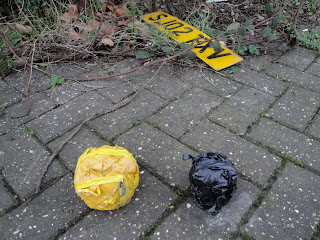The proposed playable landscape designed by Townshend Landscape architects forms part of a network of new high quality public spaces that will augment the opportunities for play and pleasure provided by Thames Barrier Park. The park is well used by visitors from near and far: on a sunny day several hundred people picnic and play here.
The proposed development of this section of the undercroft of the DLR needs to be negotiated through dialogue. All too often the old adage that children should be seen and not heard is still upheld in public life. However in order for the process of regeneration to be sustainable it must include and acknowledge difference and diversity: adults and young people, the social and the built, the commercial and the cultural, work and play.
Many children now exist in a private cocoon of TV and video games, lacking the physical and emotional engagement with their peers and their environment that is evident in the painting of Children’s’ Games, by Bruegel. This image captures 75 games being played by adults and children alike, in the freedom of a village square. A fence is appropriated for ‘horseriding’, and a patch of grass is taken up with gymnastics.
According to Mark Dudek in the bygone era of the mid C20th ‘childhood was played out in public places generally away from the immediate control of parents. It was more social and perhaps more risky, with intensive interaction engaging other children on an informal basis – very much child-directed play. Today being on the streets usually labels young children as uncared for. Constant supervision to ensure total safety from a plethora of dangers, real or imagined, makes the modern child somewhat confined, lacking the freedoms enjoyed by previous generations.’
When playful behaviour is perceived as misbehaviour and nuisance, children can be marginalized from their environment. Making space for them with them, valuing their behaviours, judgements and perceptions and recognising their capacity to shape their environment includes them as part of the larger whole of the community. Both children and public space benefit.

















































